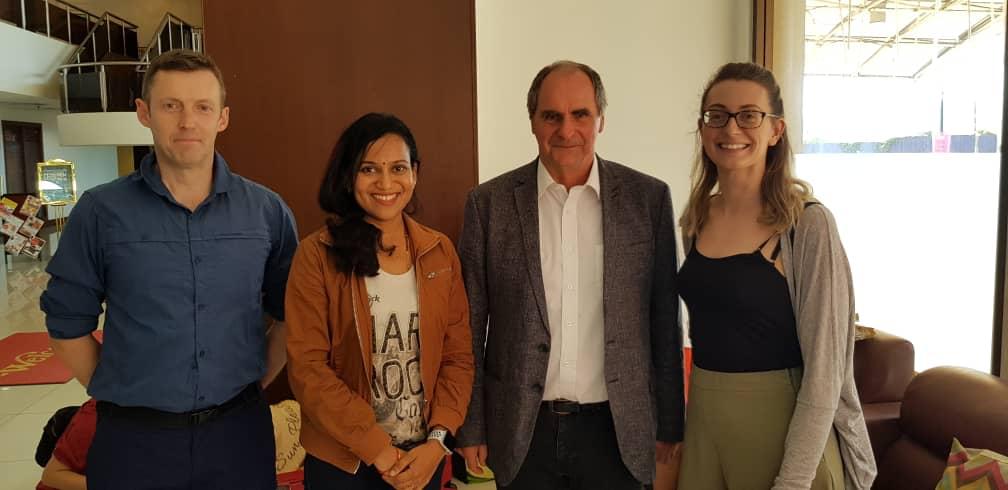
Soil erosion in disturbed forests and agricultural plantations in tropical undulating terrain: in situ measurement using a laser erosion bridge method


Senior Lecturer, Department of Water and Environmental Engineering, Faculty of Civil Engineering- Certified Professional in Erosion and Sediment Control (CPESC)

“thank you to all those whom applied and responded. Glad to inform that this position is now been filled”
Immediate Vacancy: Masters by Research (MPhil) -( Water and Environmental Engineering)
Project: Environmental Forensic Approach for Assessing the Effects of Landscape Modification on Sedimentation and Water Quality in Moyog River Catchment,Sabah
we are in midst of looking for researchers whom are keen to continue their postgraduate research for Mphil in UTM under field of Water and Environmental Engineering.
Pls drop me an email for more details.
Immediate vacancy available. Allowance available for local candidates.
Research Keywords: SEDIMENTATION, WATER QUALITY, SEDIMENT FINGEPRINTING, NON POINT SOURCE POLLUTANTS